
by admin | Jul 9, 2021 | health and medicine, King's College London, social and behavioural sciences, trending
Comparative Optimism about Infection and Recovery From COVID-19; Implications for Adherence with Lockdown Advice – Dr Sasha Scambler and Dr Koula Asimakopoulou, King’s College London SciPod · Comparative Optimism about Infection and Recovery From COVID-19...
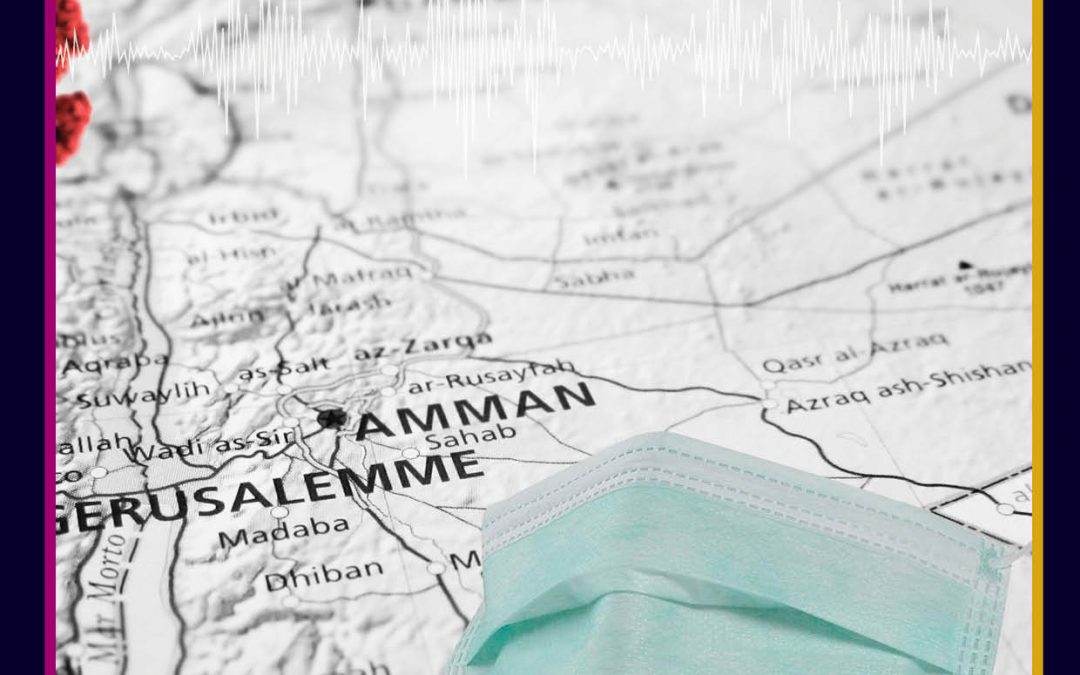
by admin | Jun 17, 2021 | arts and humanities, health and medicine, King's College London, social and behavioural sciences, trending
Social and Political Determinants of Health in the Occupied Palestinian Territory During the COVID-19 Pandemic SciPod · Social And Political Determinants Of Health In The Occupied Palestinian Territory During COVID – 19 In Collaboration with Original Article...
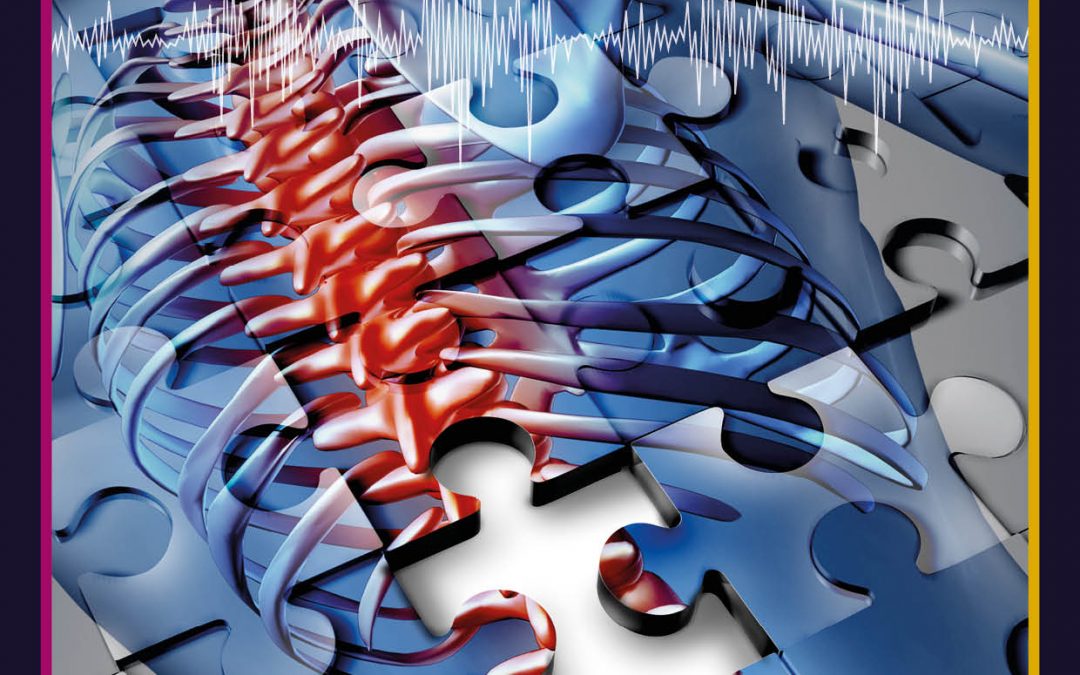
by admin | Jun 10, 2021 | biology, health and medicine
Spinal Cord Injury and Recovery in Rats Informing Human Rehabilitation – Professor David Magnuson, University of Louisville SciPod · Spinal Cord Injury And Recovery In Rats Informing Human Rehabilitation – Professor David Magnuson Original Article...
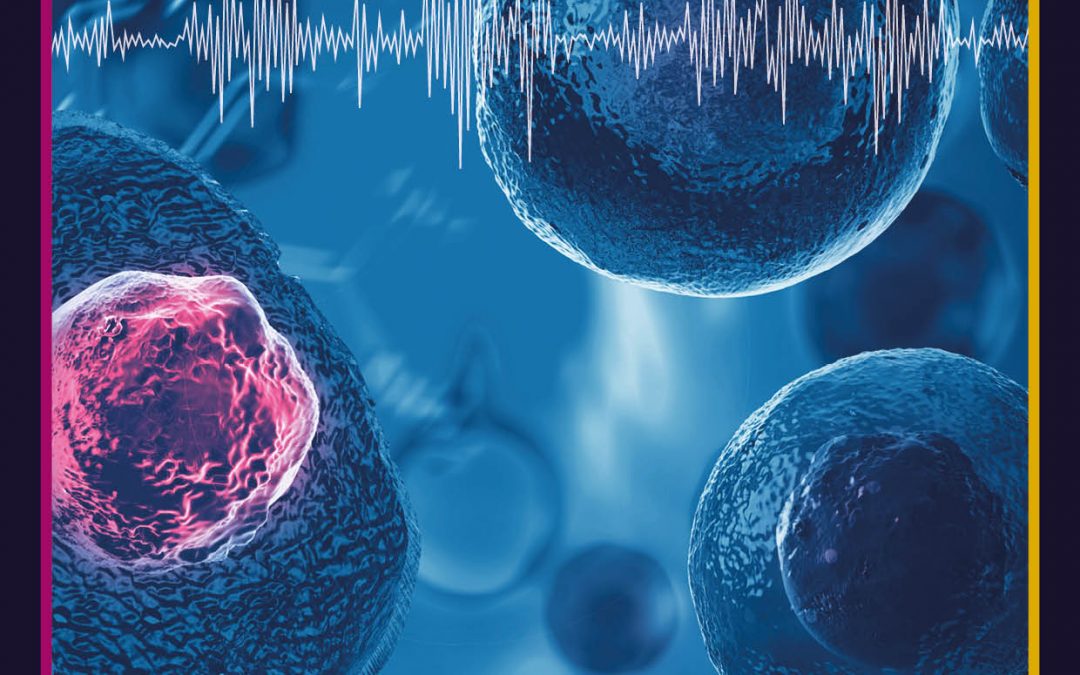
by admin | Jun 10, 2021 | biology, health and medicine
The Role of Notch Signalling within the Molecular Clock in the Early Development of the Skeleton – Professor Kim Dale, University of Dundee SciPod · The Role Of Notch Signalling Within The Molecular Clock In The Early Development Of The Skeleton Original Article...
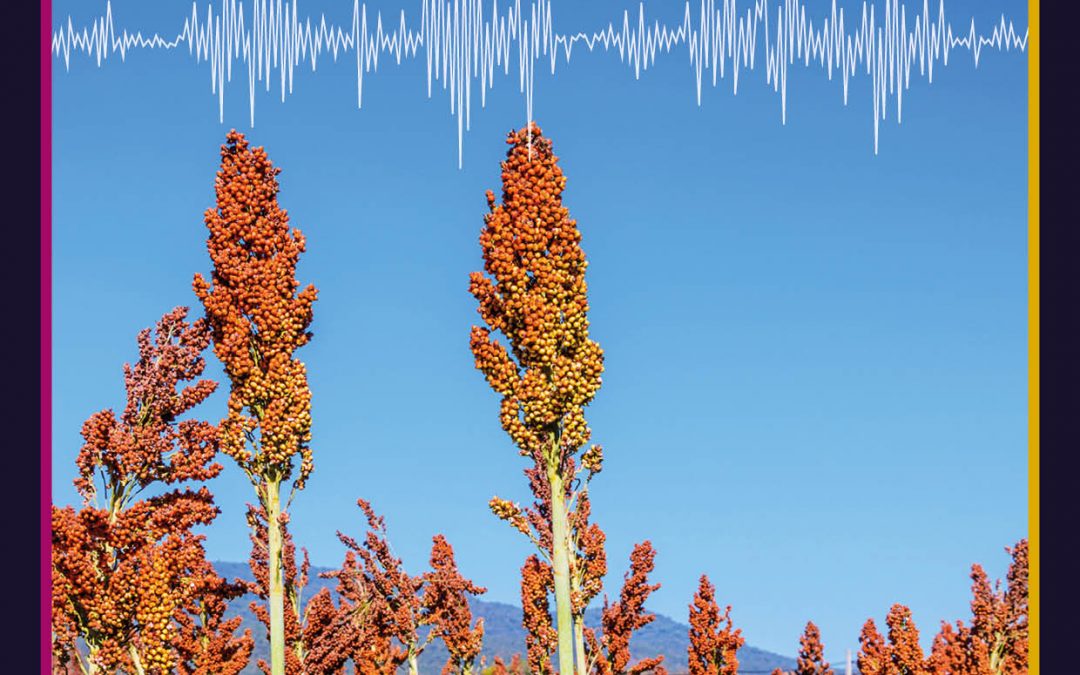
by admin | Jun 10, 2021 | biology, health and medicine
New Sorghum Reference Genome Highlights Genetics Underlying Sweet Varieties – Dr Elizabeth A. Cooper, University of North Carolina Charlotte SciPod · New Sorghum Reference Genome Highlights Genetics Underlying Sweet Varieties – Dr Elizabeth A. Cooper...
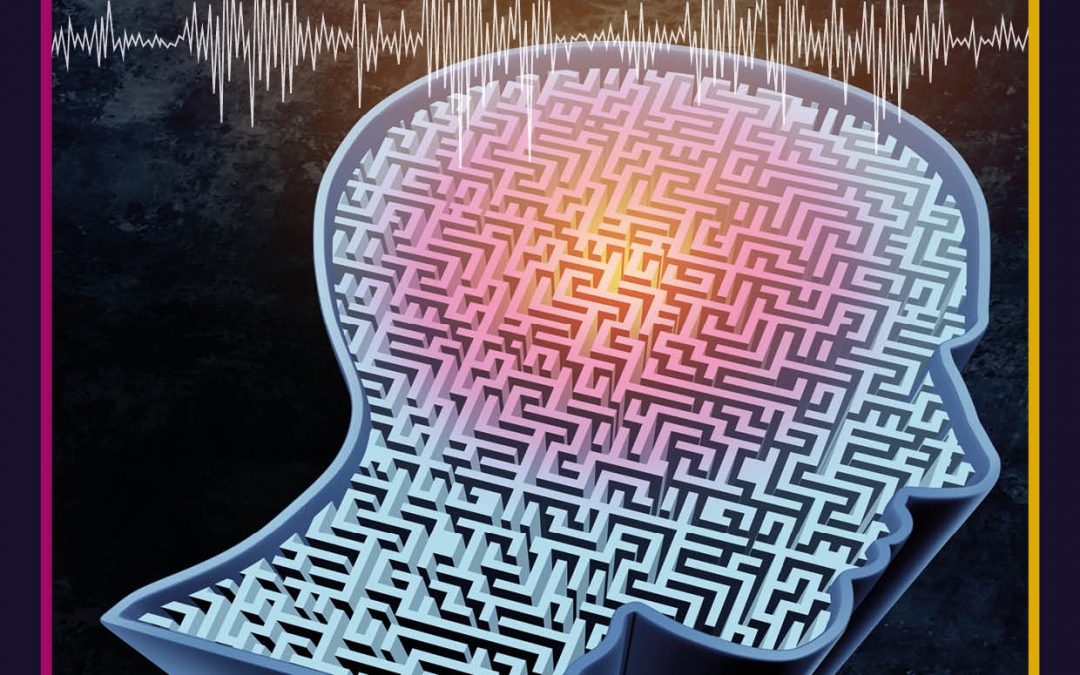
by admin | Jun 9, 2021 | biology, health and medicine
Unravelling the Biology of snoRNAs Implicated in Prader-Willi Syndrome – Professor Gordon Carmichael, University of Connecticut Health Centre SciPod · Unravelling The Biology Of SnoRNAs Implicated In Prader – Willi Syndrome Original Article Reference This...







